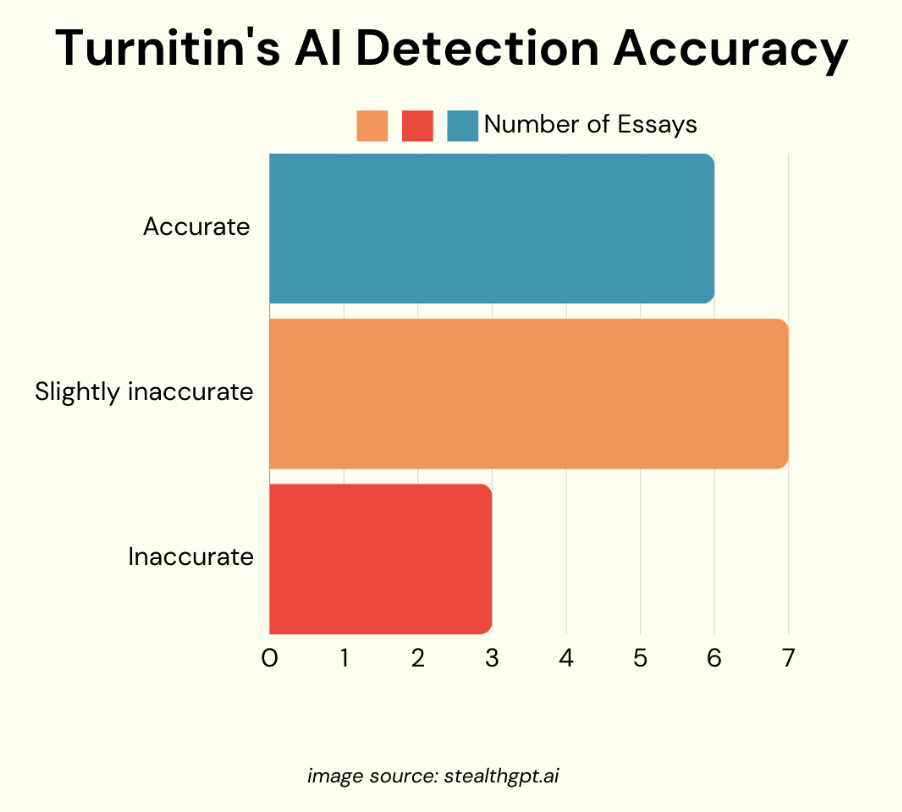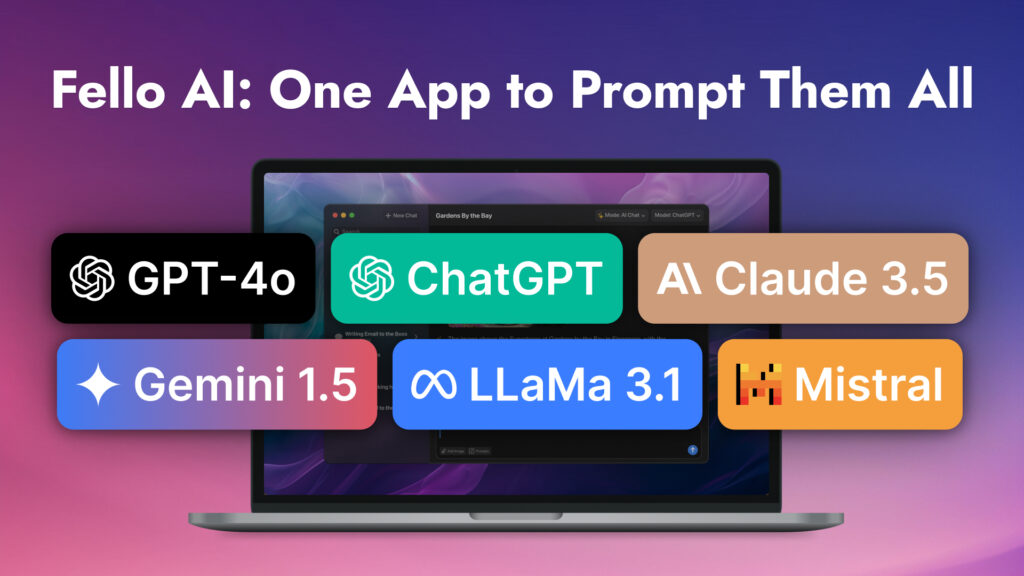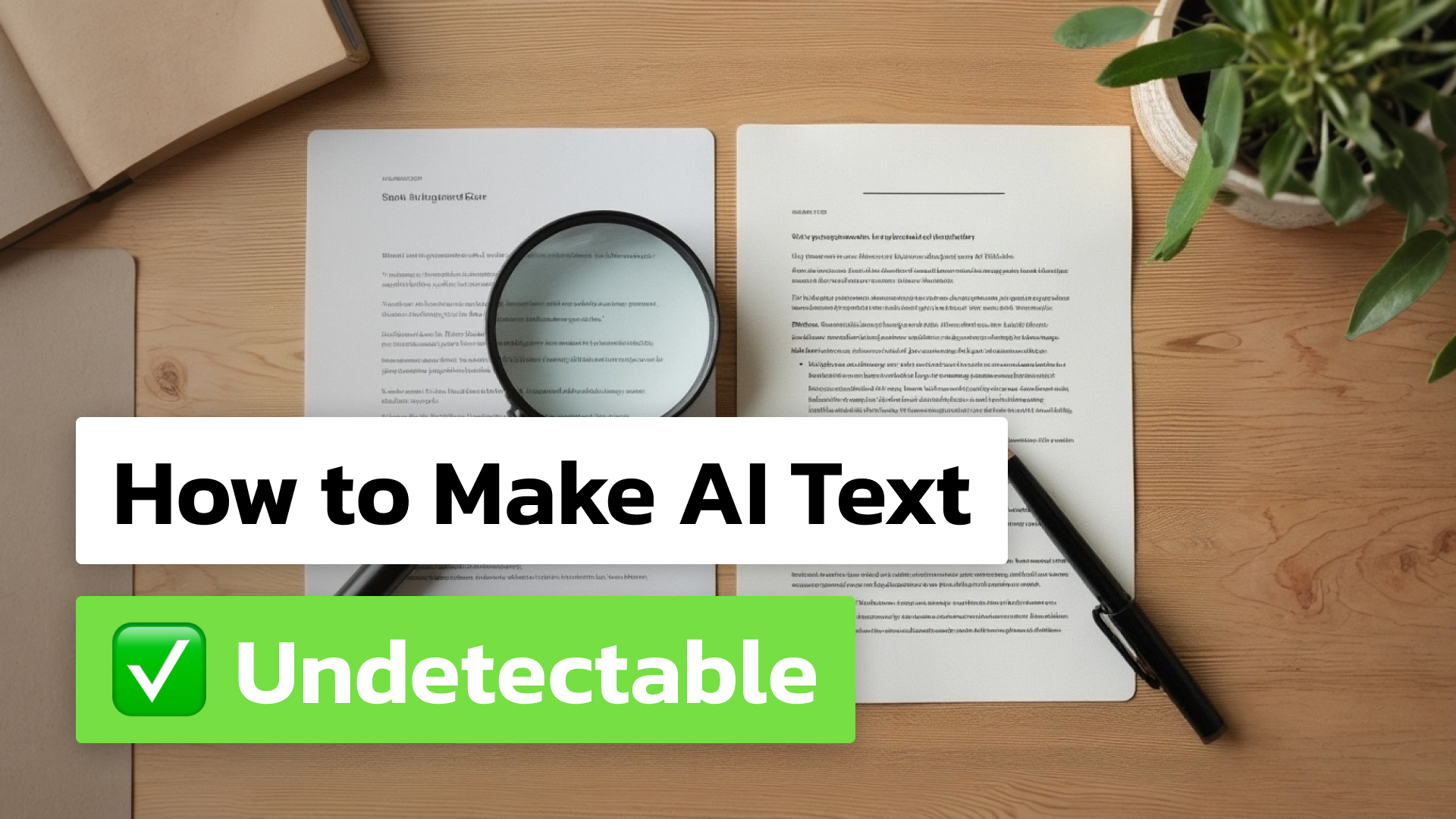AI tools like ChatGPT are writing a lot of what we read today—emails, articles, even social media captions. It’s fast, convenient, and literally everywhere. But here’s the problem: it often sounds a lot like AI.
There’s something about the way it writes that gives it away—rigid sentences, predictable patterns. People usually somehow recognize AI written text, even if they can’t always explain why.
On top of that, there are AI detectors designed specifically to flag this kind of content. And in certain situations, this can cost you—whether it’s your reputation, credibility, or even opportunities.
So, how do you fix that? How do you make AI-generated text sound like it came from a real person, and pass unnoticed?
Let’s break it down and figure out how to make AI text truly undetectable.
How AI Detectors Work?
To make AI text harder to detect for both humans and AI detectors, we first need to understand how these detectors work.
Large Language Models like ChatGPT are trained on massive amounts of text—things like academic papers, studies, books, and articles. Because of this, AI tends to write in a formal, structured way that doesn’t always match how people naturally speak or write. AI often uses overly formal language and can be too descriptive where a human would be more concise.
AI detectors pick up on these differences. They look for patterns common in AI writing—rigid structures, overly polished sentences, unnatural phrasing, or advanced vocabulary. However, as AI gets smarter, detecting it is becoming even harder.
Even though these tools were created to tackle the rise of AI-generated content, their accuracy is still questionable. Studies show that detectors often mislabel human-written content, especially non-English texts. Even for English, most AI detectors are only about 60% accurate, with paid versions slightly better at around 80%.

But the real challenge is tricking a human reader. Our brains are very sensitive to the words we use and how we structure sentences. Let’s explore some strategies to make your AI-generated text more human-like.
Making AI Text Undetectable
If you want to outsmart both AI detectors and the human eye, there are a few key strategies you can use. Now that we know how AI writing is detected, let’s break down some practical steps to make your AI-generated text sound more natural and human-like. Here are some simple, actionable ways to do it.
1) Master the Art of Prompting
One of the main reasons why AI content is easy to detect is the default style it uses. You can avoid this by giving the AI more specific instructions. The key is in the prompt. A generic prompt leads to robotic content, but a well-crafted one can push the AI to write in a way that feels more human.
Here are some useful commands to help guide the AI:
- Write to the point – This keeps the text concise and avoids unnecessary detail.
- Use plain, simple English – Helps the AI avoid overly formal or complex language.
- Write in short sentences – Breaks up the flow, making the text feel more conversational.
- Avoid clichés – Reduces the robotic feel and keeps the writing fresh.
- Write in my style – Adjusts the output to match your personal voice.
- Write in the style of [author or writer] – Mimics the tone of specific authors. For example, asking for an Ernest Hemingway style can produce concise, punchy sentences. Asking for style of “New York Times” can help you with more news-like tone.
Experiment with these commands and different tones to find the best fit for your needs. Every article or essay will probably need a bit different tone. Always keep in mind your audience and overall context.

2) Keep the Content Factual
One of the main weaknesses of AI-generated content is vagueness. When you ask an AI to write about a topic without providing any additional information, it tends to fill the gaps with generic phrases and filler sentences that don’t add any real value. It can literally talk about nothing for 2.000 words. I tried that. This vagueness is one of the telltale signs of AI content.
To avoid this, make sure the AI has specific resources to draw from. Instead of giving a broad prompt like “Write about the benefits of meditation,” provide the AI with a detailed bullet point list of what you want to include, relevant articles, or a Wikipedia page for reference. By grounding the content in facts, you force the AI to produce writing that is more informative and valuable.
Requesting sources for claims helps make AI content feel more credible. While AI can’t cite real sources, prompting it to reference studies or reports pushes it to write in a more research-focused style. This adds context and makes the writing feel more factual and reliable.
3) Break the Writing into Parts
A common mistake people make when using AI is expecting it to generate an entire article or essay in one go. While the AI is capable of doing so, the result is often less polished and more detectable as AI-generated. Instead, a better strategy is to break the content into smaller parts.
For instance, you can prompt the AI to write just the introduction, and then separately prompt it for each section. By doing this, you can fine-tune each part of the text and control the flow better. This method allows for more revision and refinement, ultimately making the text feel more human. Plus, smaller prompts help the AI focus on specific sections, improving the overall coherence of the article.
When breaking the text into parts, focus on how each section transitions to the next. Ask the AI to create smooth, natural transitions between ideas, which will help the content flow better and feel less robotic.
4) Rewriting is Key
Don’t expect the AI to get it right on the first try. The best AI-generated content often comes from multiple rounds of revision. When you generate text, don’t hesitate to ask for several different versions of a paragraph. I usually ask to get 5 different version right away and quickly scan what feels best.
You can also request that the AI rewrite a passage in simpler terms, make it shorter, or even expand on it if needed.
In practice, it usually takes about five iterations to get to a final version that feels polished and human-like. Rewriting helps eliminate repetitive phrases, improve sentence structure, and ensure that the content is aligned with your voice.
5) Use Different AI Tools
While ChatGPT is one of the most popular AI tools, it’s not the only option out there. ChatGPT’s tone can sometimes feel too formal or technical, making it easier to detect as AI-generated.
Other AI tools, like Gemini, Llama, or Claude, offer more natural and conversational tones. For example, Gemini often produces text that feels cheerful and friendly, while Claude focuses on a human-like, conversational style.
This is where Fello AI comes in handy. Instead of switching between multiple apps, Fello AI gives you access to all the most popular language models in one place. Fello AI brings together ChatGPT, Gemini 1.5 Pro, Claude 1.5 Sonnet, Mixtral, and Llama 3.1. Each model has its strengths—whether you need a formal tone, a natural flow, or something in between.
Using different AI models for different sections of your content through Fello AI can create a more varied, less detectable result, making it an all-in-one solution for seamless AI writing.

Why These Techniques Work
So why do these techniques make AI-generated content harder to detect? First, prompting allows you to steer the AI away from its default patterns and towards a more human-like tone. By providing factual sources and breaking the content into smaller parts, you help the AI focus and avoid filler content, which is one of the most common giveaways.
Additionally, multiple rounds of rewriting eliminate many of the telltale signs of AI-generated content, such as repetitive phrasing or overly structured sentences. And finally, by using different AI tools, you introduce variety in tone and style, making the overall content feel more dynamic and less uniform.
Schlussfolgerung
While AI tools have made content creation faster and easier, making AI-generated text truly undetectable takes some extra work. It’s all about fine-tuning—carefully crafting your prompts, focusing on factual content, breaking the text into smaller parts, and using different AI tools to get the best results. These steps help you create content that blends seamlessly with human writing.
Sure, it’s more effort, but it’s worth it. Maybe one day AI will be able to generate perfect, human-like articles on the first try, but we’re not quite there yet. For now, it takes some back-and-forth to get it just right.
And remember, AI detectors aren’t perfect either. They can flag human-written text as AI, and vice versa. They shouldn’t be relied on as the ultimate truth, but more as a guide. With the right techniques, you can ensure your AI-generated content passes both human and machine scrutiny.







